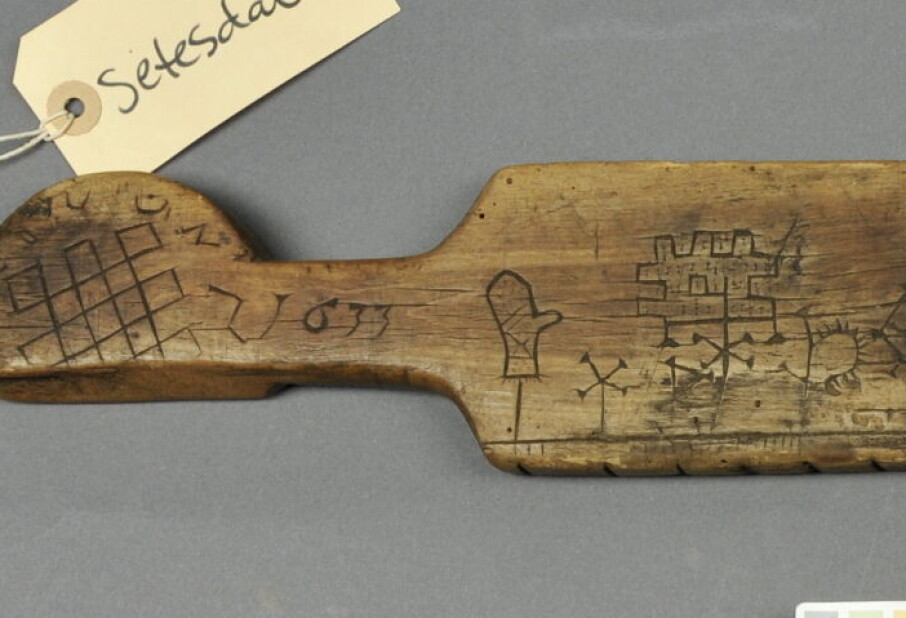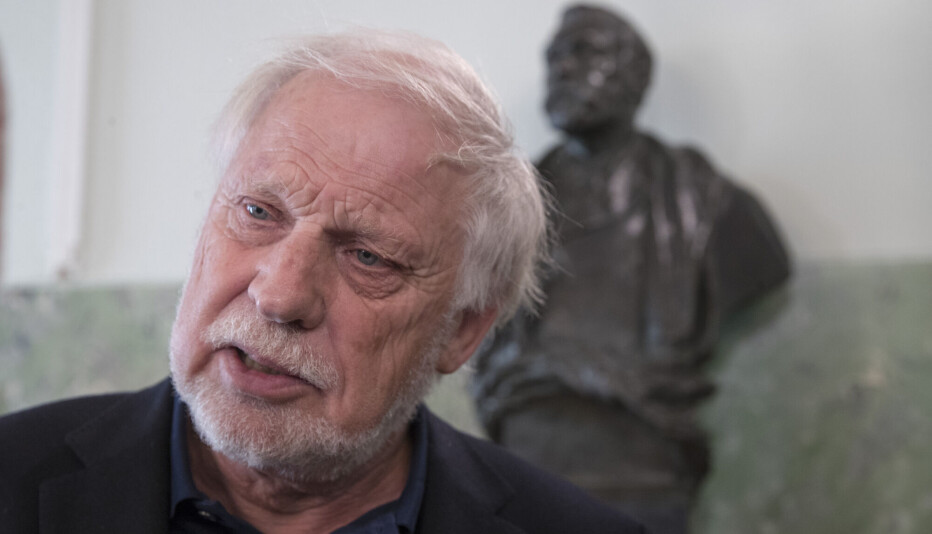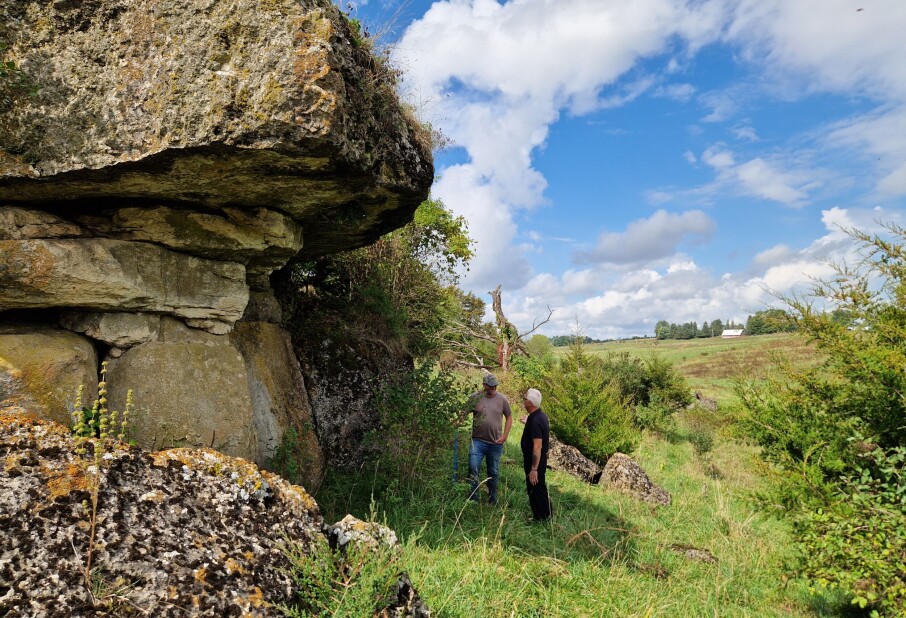THIS ARTICLE/PRESS RELEASE IS PAID FOR AND PRESENTED BY The Centre for Advanced Study (CAS) - read more

Books known only by title: A widespread and misunderstood phenomenon
Scholars at the Centre for Advanced Study have studied the use and functions of imagined books and argue that we need to rethink the first-millennium library in light of their findings.
First-millennium religious texts contain several references to books that we know only by title. Some of these titles refer to books that have existed but were lost. However, some titles never actually existed as texts, nor as excerpts or quotations of any substantial length. They are imagined books and are only known as named entities through the medium of other writings.
The phenomenon of imagined books is underexplored. Marianne Bjelland Kartzow, professor of New Testament studies at the University of Oslo (UiO), and Liv Ingeborg Lied, professor of the study of religions at MF Norwegian School of Theology, Religion and Society (MF), have spent the last academic year at the Centre for Advanced Study (CAS) leading the project Books Known Only by Title: Exploring the Gendered Structures of the First Millennium Imagined Library.
Together with a group of scholars, Kartzow and Lied have discovered that the phenomenon of imagined books is much more widespread in texts from the first millennium than previously thought. By studying earlier research, the two scholars and their team have also found that the thinking around books known only by title is influenced by researchers’ preference for texts that are materially available. This has created an incorrect picture of the first-millennium library.
Kartzow and Lied argue that we need to acknowledge the diversity of the first-millennium library and accept the imagined books for what they are: rhetorical constructs, not material texts.
“By rethinking the first-millennium library, our project also contributes to the understanding of how we perceive and have thought about sources and books from the past,” said Kartzow.
When they arrived at CAS, Kartzow and Lied described the research they were going to do as 'detective work'. We sat down with the project leaders one year later to hear more about what they have found.

A widespread phenomenon
“One of our main findings is that the phenomenon of books known only by title is much more widespread in the first-millennium library than what we had thought and expected,” said Lied.
The project has studied first-millennium writings from Jewish, Christian and Islamic traditions from the Mediterranean region and the Middle East.
“If we had expanded our focus geographically and temporally, we would have found many more references to books known only by title,” said Lied.
One of the main aims of the project was to map the occurrences of books known only by title in the first millennium.
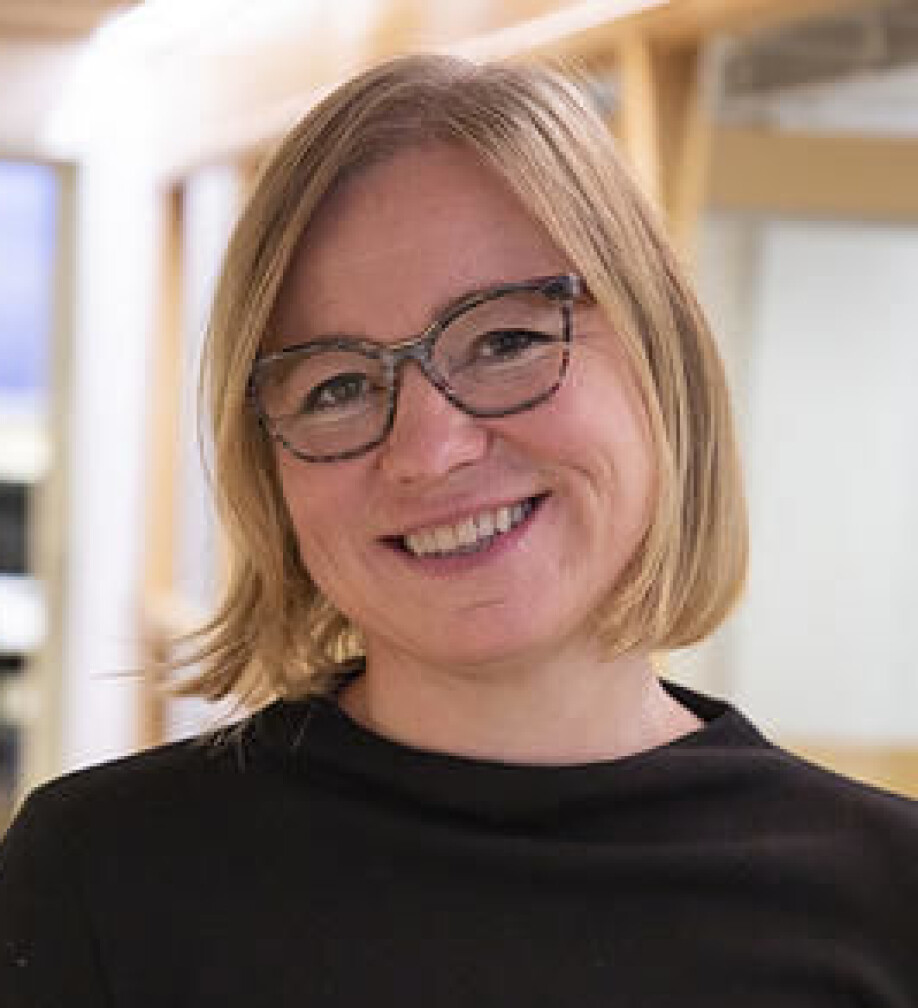
“Through our 'detective work' we found so many examples of books known only by title that we put aside the idea of making a database. We revealed that the phenomenon is widespread, and then our job became to theorise and study the function of the phenomenon,” said Kartzow.
A misunderstood phenomenon
The project also found that the phenomenon of books known only by title has been misunderstood by researchers.
“Previous research has interpreted books that are known only by title primarily as extant texts. Researchers have thought that a reference to a book title indicates that the book has existed as a textual artefact. They have had a preference for texts that are materially available and can be read,” said Lied.
This thinking has created an incorrect picture of the first-millennium library.
“The primacy of the extant texts in previous research has created an academic imagination of the first-millennium library that is out of touch with the multiformity of the items that stocked that library,” said Kartzow.
The focus on material texts has made researchers include books known only by title as materially available texts or exclude them because they are not extant texts in their studies of the first-millennium library. There are also examples of constructions of books to titles to fill the gaps.
“This has made the first-millennium library too big, as it includes the books known only by title as extant texts, or too small, because non-material books are not included,” said Lied.
“These findings mean that we have to rethink the first-millennium library. We have to include the books known only by title as what they are – imagined books – and accept that they do not exist as extant texts,” said Kartzow.
“Even though we have found that the books known only by title do not exist as extant texts, we believe that they are interesting and necessary to understand the first-millennium library. They are not only titles, but they have generated and created many things,” Kartzow added.
Exploring the functions and gender structures of the books known only by title
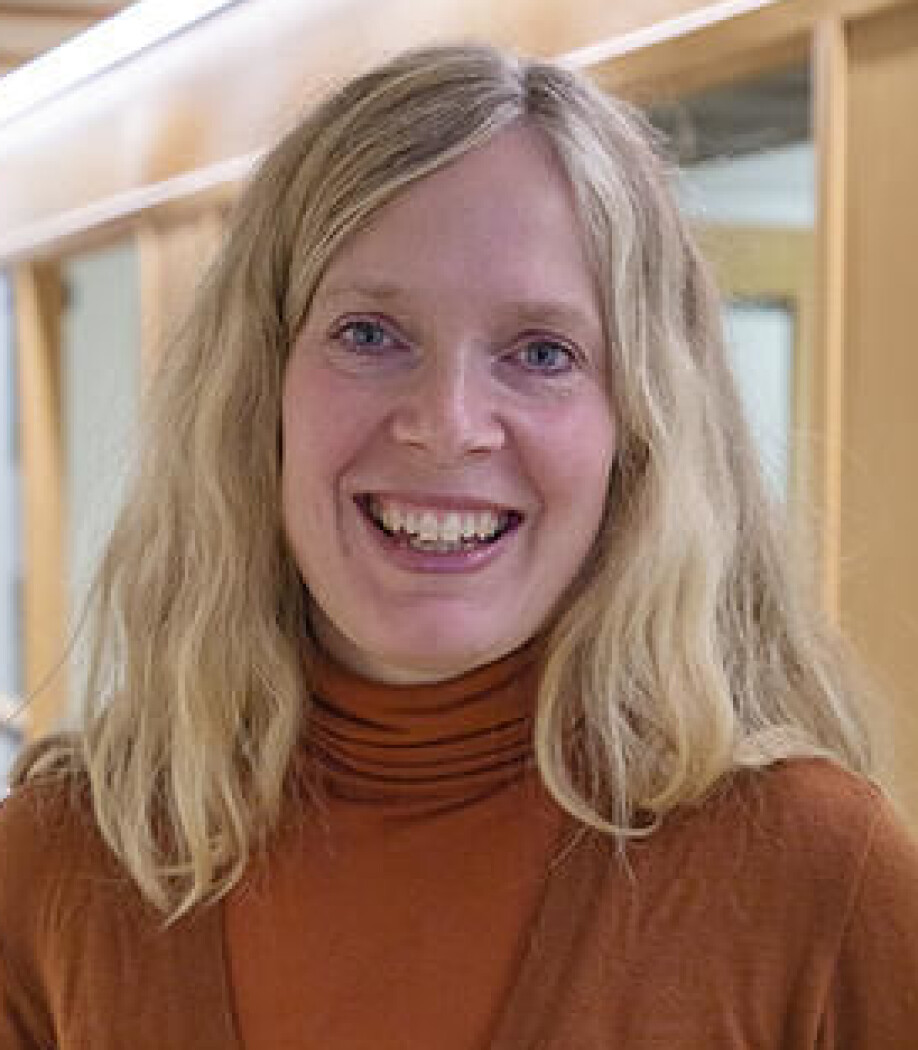
Books known only by title appear in book lists and in the whole spectrum of literary writings from the first millennium.
The research group has studied the books’ functions and found that a reference to a book known only by title may function in the same way as mentioning a book that is also known as an extant text. A reference can add depth to a narrative or make it more interesting, construct legitimacy and increase the authority and authenticity of the narrative.
The scholars have also found that there are some discourses in which books known only by title appear with higher frequency than others. For example, books known only by title typically belong to attempts at assembling and systematising pieces of knowledge of the past or to serve continuity and the notion of an unbroken genealogy.
Most of the books known only by title are connected to known male figures. But the books that are ascribed to female figures make up particularly interesting cases.
“It is important to take gender into account when studying these titles. But as the picture is diverse and goes beyond the traditional gender patterns, its intersectional structures must be explored,” said Kartzow.
“One thing that we have discovered is that it seems as though it has been unproblematic that women can receive knowledge, for example from an angel. However, is seems problematic that women write down and transfer knowledge. We have found examples of this regarding the Codex of Fatima, the hymns ascribed to the daughters of Job and to the sibyls,” said Lied.
Drawbacks and possibilities
The 2020/2021 academic year has been a challenging year to lead an international research project, and the CAS model of international, group-based research had to be adjusted to pandemic-imposed restrictions.
“We chose to focus on the possibilities and not the many obvious drawbacks caused by the pandemic,” Kartzow said.
The two project leaders said that they have worked in ways they would not have in pre-pandemic times, and experienced that these ways of working have their benefits.
“We have learned a lot from having to use a hybrid working model, combining the work with a small research group at CAS with digital activity and collaborating with scholars not present at the Centre,” said Lied.
New connections and academic networks have been made, both digitally and at the Centre.
“The webinar series we have hosted throughout the year has been very successful with many participants, and it has really been an enrichment to the project. It has also made the project known to more people, and many prominent scholars in the field have followed along and participated,” said Kartzow.
“We want to applaud the researchers who have been a part of the research group, both those who have been present at the Centre and those participating remotely. Many of them have made an extraordinary effort,” said Lied.

The project beyond the year at CAS
The year at CAS is soon over, but the two project leaders have many plans for the coming year and beyond.
“The work this year at the Centre has given rise to new questions and ideas that surely will lead to new research projects and project applications,” said Lied.
“This autumn we will participate in two international conferences and one low-key for scholars in Norway. Next spring we will organise a big conference in Oslo. We are also working on a special issue that will be published next spring and a book that will be published after the conference,” said Kartzow.
See more content from The Centre for Advanced Study:
-
Electrons, laser pulses and the properties of matter
-
Dissecting the current debates on prehistoric migration
-
Politics, law and society in the High Middle Ages
-
Which parts of language are universal and present in signed and spoken languages, and which depend on the channel of communication?
-
Mother-to-child microbial transmission: important for human health and challenged by modern lifestyle
-
What is the role of morality, democracy and experts in policymaking?















